 "ttyymmnn" (ttyymmnn)
"ttyymmnn" (ttyymmnn)
10/11/2016 at 12:35 • Filed to: Planelopnik, planelopnik history
 12
12
 17
17
 "ttyymmnn" (ttyymmnn)
"ttyymmnn" (ttyymmnn)
10/11/2016 at 12:35 • Filed to: Planelopnik, planelopnik history |  12 12
|  17 17 |
Welcome to
This Date in Aviation History
, getting of you caught up on milestones, important historical events and people in aviation from October 8 through October 11.
!!! UNKNOWN CONTENT TYPE !!!
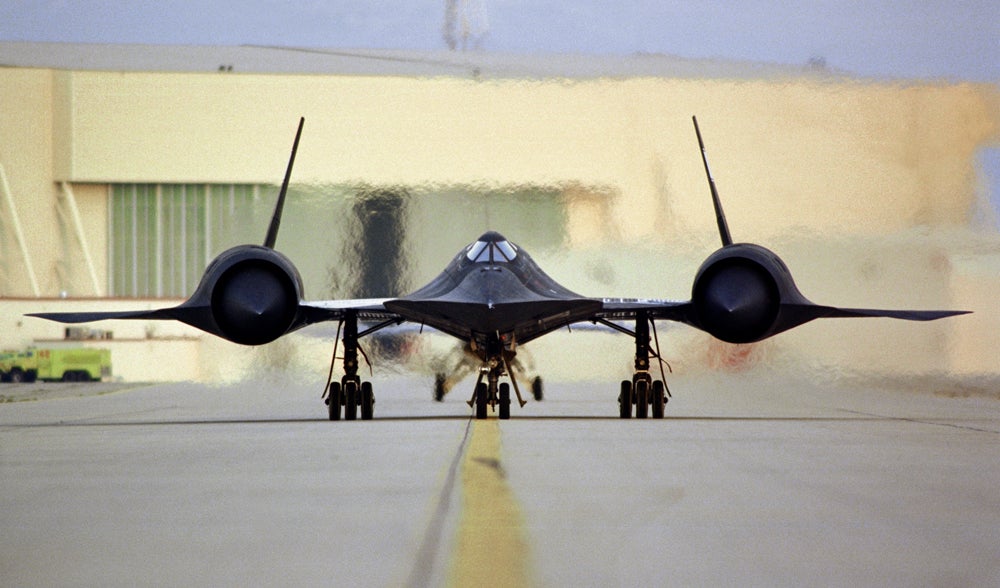
October 9, 1999 – The final flight of the Lockheed SR-71 Blackbird. Before the advent of reliable reconnaissance satellites, it was up to aircraft to perform the job of spying on the enemy. But reconnaissance aircraft were still vulnerable to fighters, and a number of American spy planes were shot down as they probed the borders of the Soviet Union. The high-flying !!!error: Indecipherable SUB-paragraph formatting!!! removed much of the danger, but it was still vulnerable to anti-aircraft missiles. In 1957, Lockheed started investigating an aircraft that could take over the job of spying on the Soviet Union from the vulnerable U-2. This task became more urgent in 1960 when Francis Gary Powers was !!!error: Indecipherable SUB-paragraph formatting!!! by a surface-to-air missile over the Soviet Union while flying a mission to photograph Russian missile sites. Lockheed’s goal was to create a plane that was untouchable by any fighter or missile in existence. In addition to making a plane that flew high and fast, Lockheed also experimented with technologies to reduce the aircraft’s radar signature, the precursor to what we know as !!!error: Indecipherable SUB-paragraph formatting!!! today. The result of those studies led to the single-seat !!!error: Indecipherable SUB-paragraph formatting!!! , which first flew in 1962. The A-12 was followed by the !!!error: Indecipherable SUB-paragraph formatting!!! , which offered increased range and more sensors, with a second crew member to handle the reconnaissance work. While the lighter and faster A-12 could outperform the SR-71, the Blackbird was a more capable aircraft. Powered by two !!!error: Indecipherable SUB-paragraph formatting!!! continuous bleed afterburning turbojets, the Blackbird was capable of speeds up to Mach 3.3 at 80,000 feet. It could not be shot down by the surface-to-air missiles of the day, and was faster than any contemporary Russian fighter. The Blackbird took its maiden flight on December 22, 1964 and entered service in 1968. By 1970, Blackbirds were flying two missions a week over enemy territory, most often North Vietnam and Laos, and by the time the SR-71 was retired it had logged 53,490 flight hours. Only one pilot has been lost to an accident. None were lost to enemy fire.
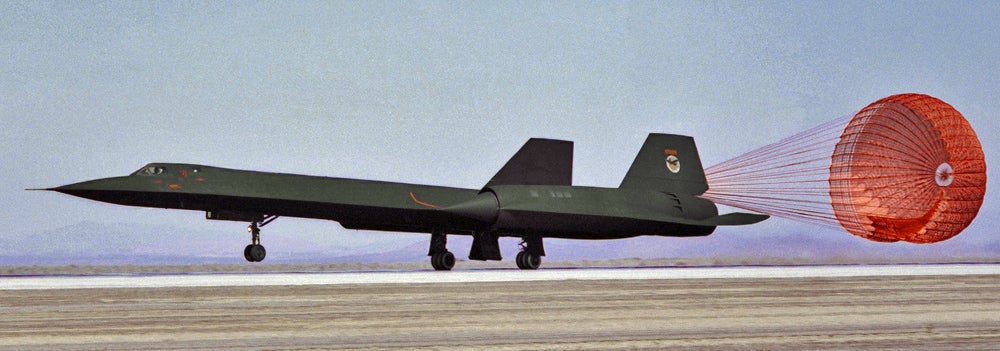
But along with the unsurpassed capabilities of the SR-71 came very high operating costs, and it became a political issue in an era of shrinking budgets and competition for funds. In 1989, the Blackbird was retired from service, even at a time of escalating tensions in the Middle East when it could have performed valuable reconnaissance in the upcoming
!!!error: Indecipherable SUB-paragraph formatting!!!
. When the US government realized that it still had a need for the high-flying spy plane, the SR-71 was updated with real-time data transmission capabilities and reactivated in 1993, in spite of stiff opposition from the USAF who said they didn’t have the funds to operate it. The Air Force also claimed that it competed for funds with unmanned reconnaissance projects currently under development. After another political battle over funding the aircraft, the SR-71 was permanently retired in 1998, and the last two airworthy Blackbirds were transferred to NASA for research. The book on the Blackbird was finally closed on October 9, 1999 when the last flying aircraft, an SR-71A (61-7980/NASA 844), landed at Edwards AFB in California and was placed in storage with the other NASA Blackbird. All remaining aircraft (as far we know) are now housed at aviation museums around the country.
(US Air Force photo)
!!! UNKNOWN CONTENT TYPE !!!
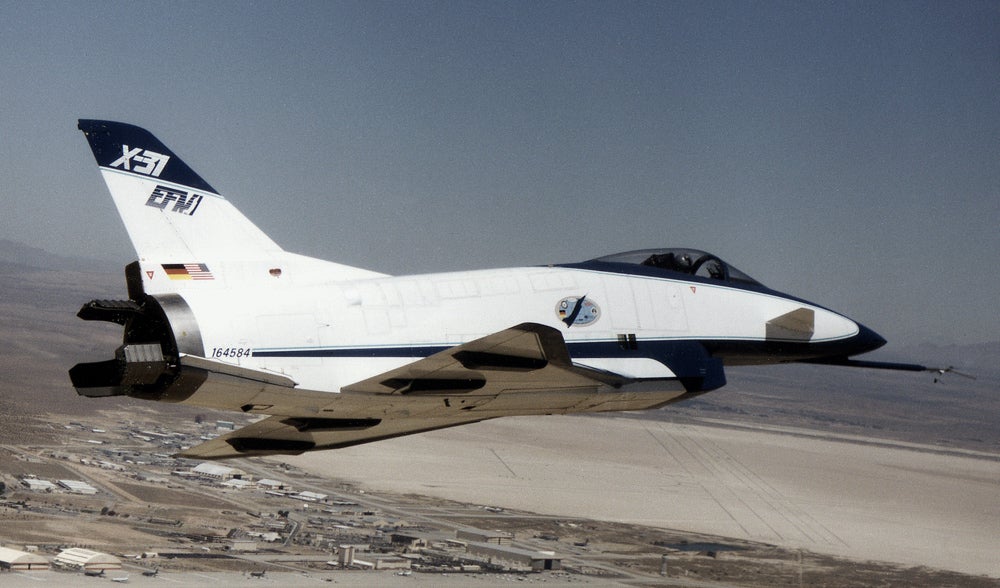
October 11, 1990 – The first flight of the Rockwell-MBB X-31. The aerial dogfight finds its roots in WWI, when opposing pilots began shooting at each other in the air with rifles and pistols they carried aloft in their aircraft. Very quickly, though, the engagements got much more serious. Pilots armed their aircraft with machine guns, air forces produced dedicated fighter aircraft, and aerial warfare became as much a science as an art. Even in the modern era of supersonic jets and guided missiles, it’s still of tremendous importance to “get on the six” of your opponent, maneuvering into position to shoot them down. But pushing beyond the aircraft’s abilities can lead to a !!!error: Indecipherable SUB-paragraph formatting!!! , putting the pilot in grave danger of losing the fight—and his life. Beginning in 1990, a team of engineers from !!!error: Indecipherable SUB-paragraph formatting!!! and !!!error: Indecipherable SUB-paragraph formatting!!! (Rockwell-MBB) joined together to investigate the benefits of !!!error: Indecipherable SUB-paragraph formatting!!! , a system that directs the airflow from the engine and uses it to augment the traditional control surfaces of the aircraft. Using parts from experimental and existing aircraft, such as the front end of a !!!error: Indecipherable SUB-paragraph formatting!!! , the landing gear and other parts from the !!!error: Indecipherable SUB-paragraph formatting!!! , parts from !!!error: Indecipherable SUB-paragraph formatting!!! , !!!error: Indecipherable SUB-paragraph formatting!!! , and even a !!!error: Indecipherable SUB-paragraph formatting!!! , the team assembled an aircraft that featured a !!!error: Indecipherable SUB-paragraph formatting!!! wing with forward !!!error: Indecipherable SUB-paragraph formatting!!! and a thrust vectoring system that used three computer-controlled paddles to direct the jet exhaust. Specifically, the design team wanted to investigate high !!!error: Indecipherable SUB-paragraph formatting!!! (AOA), the angle of the wing relative to the wind passing over it, where traditional aircraft are likely stall and lose lift. Without thrust vectoring, the X-31 was capable of flight in a 30 degrees nose up attitude. Any more and the aircraft would stall. With thrust vectoring enabled, the X-31 was capable of a remarkable 70 degree AOA while maintaining control, giving the pilots previously unattainable maneuverability.
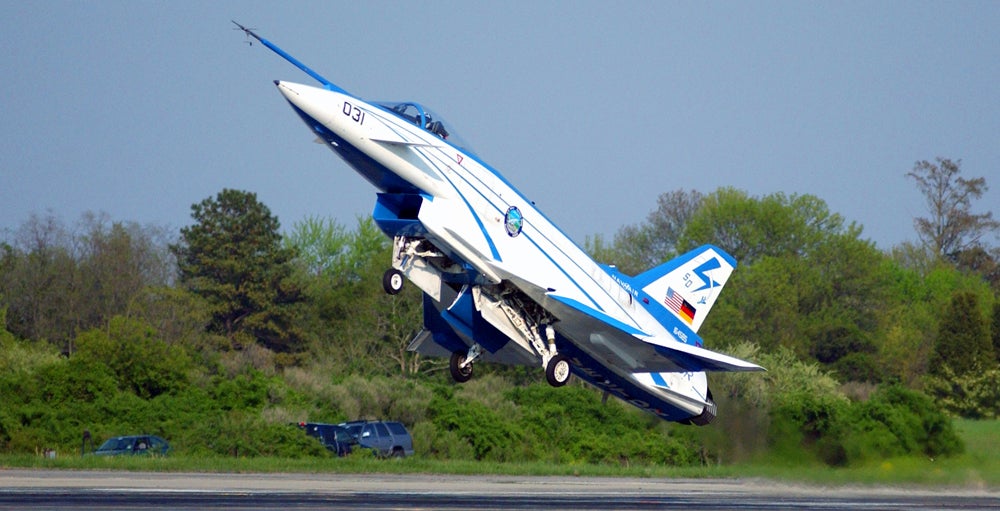
As part of the test program, the X-31 was pitted against comparable fighter aircraft that did not possess thrust vectoring. The results were quite impressive, with the X-31 tallying a potential kill ratio of 30 to 1. Two test aircraft were built, and a total of 580 missions were flown before the initial testing program ended in 1995 (the first aircraft was lost in a crash that same year). The second aircraft was transferred to the US Navy Test Pilot School at Patuxent River NAS in Maryland for additional research and, at the end of that program in 2003, the remaining X-31 was sent to Germany where it is on display at the
!!!error: Indecipherable SUB-paragraph formatting!!!
. Thrust vectoring is now found operationally on the
!!!error: Indecipherable SUB-paragraph formatting!!!
, the Russian
!!!error: Indecipherable SUB-paragraph formatting!!!
,
!!!error: Indecipherable SUB-paragraph formatting!!!
, well as various other experimental aircraft.
(NASA photo; US Navy photo)
!!! UNKNOWN CONTENT TYPE !!!
Short Takeoff
!!! UNKNOWN CONTENT TYPE !!!

October 8, 1890 – The birth of Eddie Rickenbacker. America’s top ace of WWI with 26 victories to his credit, Rickenbacker received the !!!error: Indecipherable SUB-paragraph formatting!!! seven times, the French !!!error: Indecipherable SUB-paragraph formatting!!! and !!!error: Indecipherable SUB-paragraph formatting!!! , as well as the !!!error: Indecipherable SUB-paragraph formatting!!! . Following the war, Rickenbacker tried his hand at auto design and purchased and upgraded the !!!error: Indecipherable SUB-paragraph formatting!!! , operating it from 1927-1945 before selling it to !!!error: Indecipherable SUB-paragraph formatting!!! . Rickenbacker’s most successful business venture came as head of !!!error: Indecipherable SUB-paragraph formatting!!! , which he ran from 1938-1959. Rickenbacker died at age 82 in Zürich, Switzerland, and is buried at Green Lawn Cemetery in Columbus, Ohio. (Photo author unknown)
!!! UNKNOWN CONTENT TYPE !!!
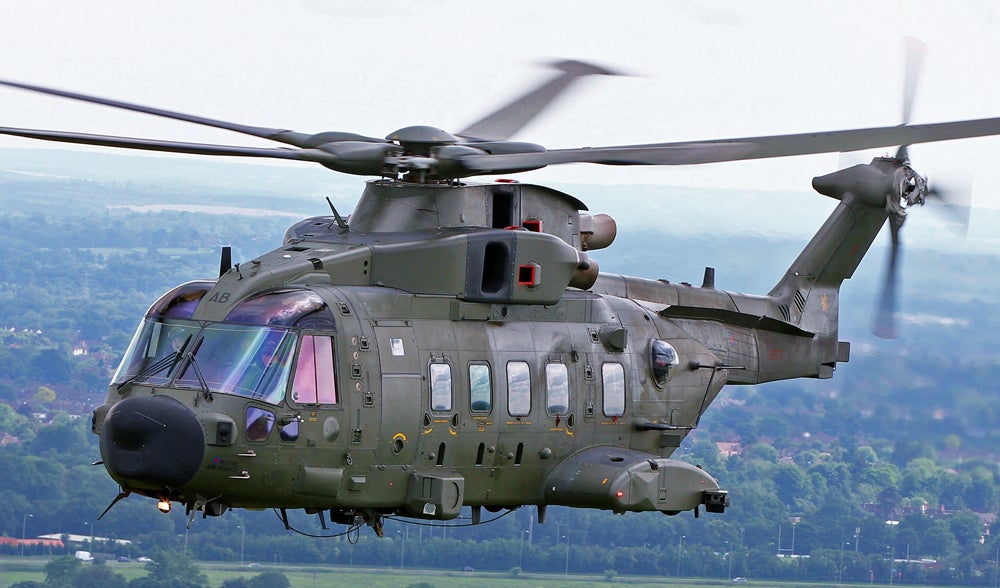
October 9, 1987 – The first flight of the AgustaWestland AW101,
a joint venture of the Italian company
!!!error: Indecipherable SUB-paragraph formatting!!!
and British company
!!!error: Indecipherable SUB-paragraph formatting!!!
to produce a medium-lift naval helicopter. Known by Britain, Denmark, Norway and Portugal as the Merlin, the AW101 is powered by three
!!!error: Indecipherable SUB-paragraph formatting!!!
turboshaft engines and entered service in 1999 in the transport, anti-submarine warfare (ASW) and ship-based utility roles. It now serves with both military and civilian operators of eleven nations. The AW101 was considered as the new helicopter to transport the US President as the
!!!error: Indecipherable SUB-paragraph formatting!!!
, but that program was canceled in 2009 after significant cost overruns.
(Photo by Cpl Phil Major ABIPP RAF via
!!!error: Indecipherable SUB-paragraph formatting!!!
)
!!! UNKNOWN CONTENT TYPE !!!
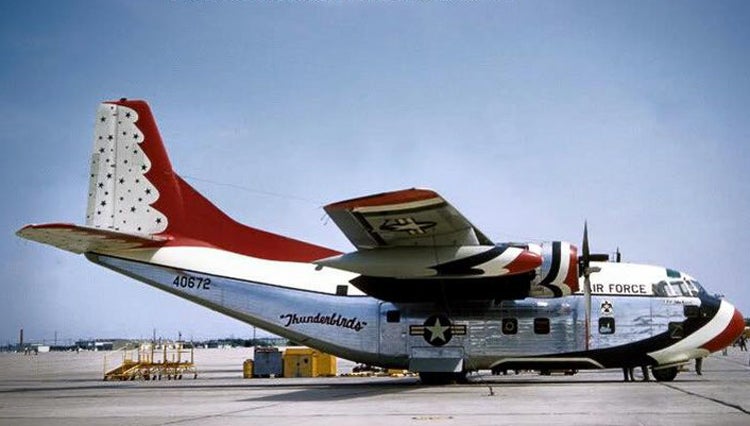
October 10, 1958 – A maintenance support aircraft for the US Air Force Thunderbirds crashes near Payette, Idaho. While headed for McChord Air Force Base in Washington, the !!!error: Indecipherable SUB-paragraph formatting!!! reportedly flew into a flock of Canada geese and crashed, killing 5 flight crew members and 14 maintenance personnel. The investigation could not definitively say that the crash was caused by bird strikes, but the recent grounding of all C-123s due to a fuel system problem was ruled out as a possible cause. However, the investigation also found that the plane was overloaded, crew rest procedures and been violated, and the pilot’s seat may not have been occupied by a qualified pilot. The crash remains the most deadly accident in Thunderbirds history. (Photo by John Anderson via !!!error: Indecipherable SUB-paragraph formatting!!! )
!!! UNKNOWN CONTENT TYPE !!!
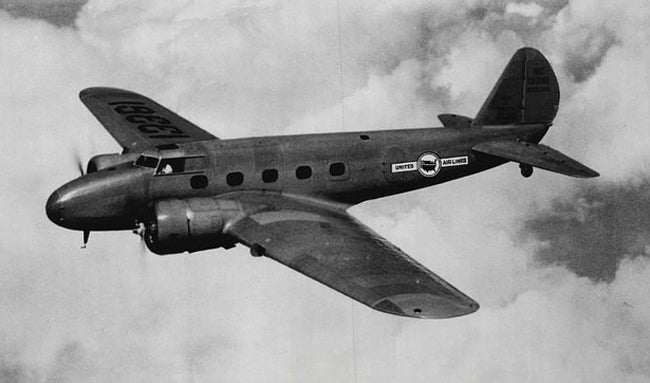
October 10, 1933 – The bombing of a United Airlines Boeing 247. On a routine transconitental flight, the passenger plane carrying three crew and four passengers exploded and crashed over rural Indiana, killing all on board. Investigators determined that the cause of the explosion was most likely a nitroglycerin bomb, marking the world’s first case of air sabotage. The perpetrator was never found, nor did anyone ever claim responsibility. (Photo author unknown)
!!! UNKNOWN CONTENT TYPE !!!
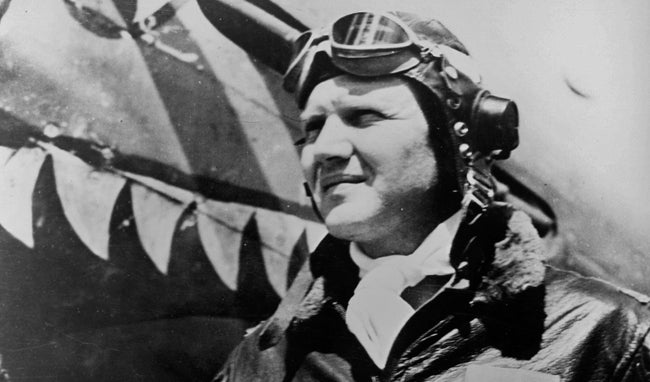
October 11, 2007 – The death of David Lee “Tex” Hill. Born July 13, 1915 in Terrell Hills, Texas, Hill began his flying career as a Naval Aviator flying the !!!error: Indecipherable SUB-paragraph formatting!!! before joining the !!!error: Indecipherable SUB-paragraph formatting!!! (AVG), better known as the !!!error: Indecipherable SUB-paragraph formatting!!! , fighting on behalf of Nationalist China in WWII. After the deactivation of the AVG in 1942, Hill was one of only a handful of AVG pilots to reintegrate into the US Army Air Corps, flying the !!!error: Indecipherable SUB-paragraph formatting!!! , bringing his total to 18.25 confirmed victories. Hill served in the Korean War, and later in the Air National Guard, eventually obtaining the rank of brigadier general. (US Army photo)
!!! UNKNOWN CONTENT TYPE !!!

October 11, 1984 – Astronaut Kathryn Sullivan becomes the first American woman astronaut to perform a spacewalk. During mission !!!error: Indecipherable SUB-paragraph formatting!!! of the Space Shuttle !!!error: Indecipherable SUB-paragraph formatting!!! , Sullivan, along with astronaut !!!error: Indecipherable SUB-paragraph formatting!!! , spent 3.5 hours in space working on a system to refuel satellites in orbit. Sullivan is the third American woman to fly in space ( !!!error: Indecipherable SUB-paragraph formatting!!! , !!!error: Indecipherable SUB-paragraph formatting!!! ), and took part in a total of three Shuttle missions before leaving NASA in 1993. (NASA photo)
!!! UNKNOWN CONTENT TYPE !!!
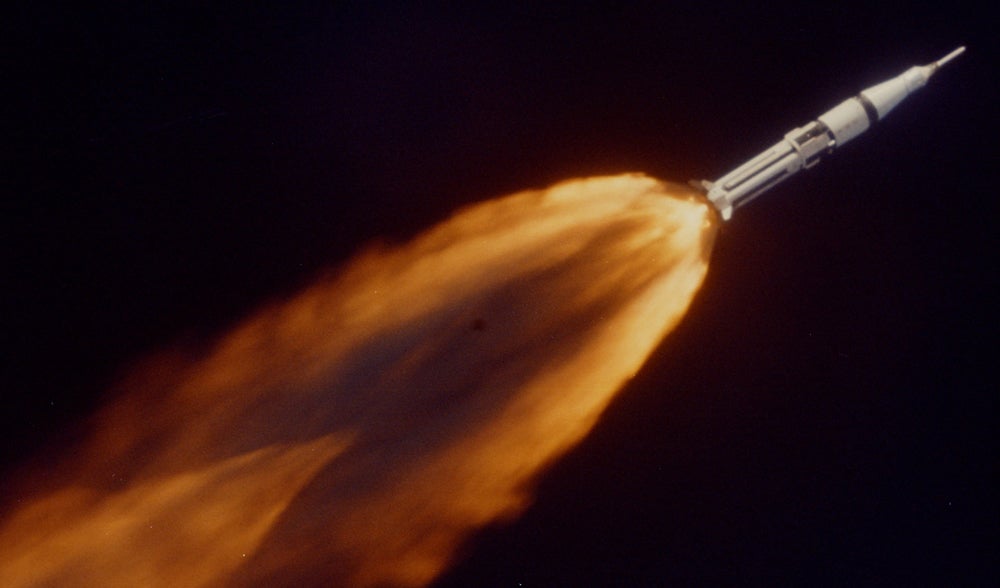
October 11, 1968 – The launch of Apollo 7, the first successful manned Apollo mission.
After a nineteen-month hiatus in manned flights following the tragic fire on
!!!error: Indecipherable SUB-paragraph formatting!!!
that killed three astronauts, Apollo 7 carried out the mission originally scheduled for the ill-fated crew after improvements were made to the command module and other safety procedures were put in place. Apollo 7 was manned by
!!!error: Indecipherable SUB-paragraph formatting!!!
(Commander),
!!!error: Indecipherable SUB-paragraph formatting!!!
(Command Module Pilot) and
!!!error: Indecipherable SUB-paragraph formatting!!!
(Lunar Module Pilot), and their mission included eleven days orbiting the Earth. It was also the first manned launch of the
!!!error: Indecipherable SUB-paragraph formatting!!!
launch vehicle, and the first live American television broadcast from space.
(NASA photo)
!!! UNKNOWN CONTENT TYPE !!!
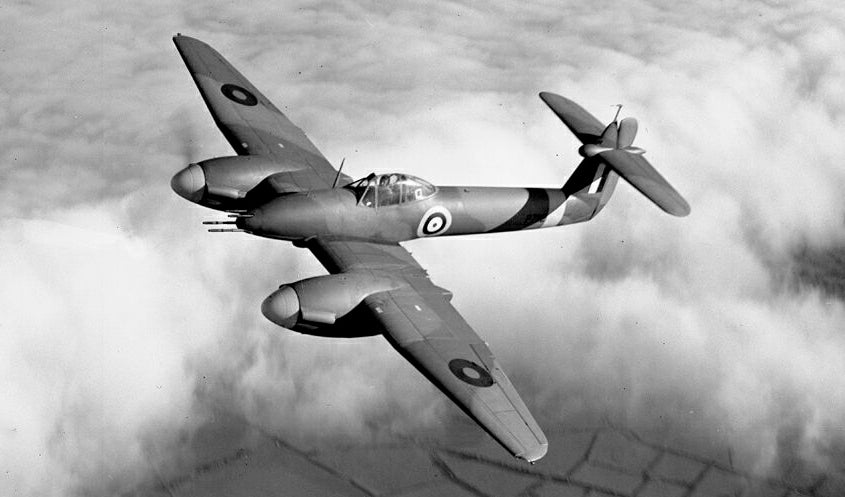
October 11, 1938 – The first flight of the Westland Whirlwind, a twin-engined heavy fighter and the first Royal Air Force warplane to have a single seat, twin engines and cannon armament. As part of an effort to field and aircraft with heavier armament than the rifle-caliber guns of the !!!error: Indecipherable SUB-paragraph formatting!!! and !!!error: Indecipherable SUB-paragraph formatting!!! , the Air Ministry issued specification F.37/35 in 1935 to develop an aircraft capable of carrying four cannons. Powered by two !!!error: Indecipherable SUB-paragraph formatting!!! V-12 engines and with a top speed of 360 mph, the Whirlwind was introduced in 1940, and its lack of performance at altitude limited it to mainly ground attack and anti-shipping missions. A total of 116 were built, and the type was retired in 1943. (British Government photo)
!!! UNKNOWN CONTENT TYPE !!!
Recent Aviation History Posts
!!! UNKNOWN CONTENT TYPE !!!
!!! UNKNOWN CONTENT TYPE !!!
!!! UNKNOWN CONTENT TYPE !!!
!!! UNKNOWN CONTENT TYPE !!!
!!! UNKNOWN CONTENT TYPE !!!
If you enjoy these Aviation History posts, please let me know in the comments. And if you missed any of the past articles, you can find them all at
!!!error: Indecipherable SUB-paragraph formatting!!!
.
!!! UNKNOWN CONTENT TYPE !!!
 Smallbear wants a modern Syclone, local Maple Leafs spammer
> ttyymmnn
Smallbear wants a modern Syclone, local Maple Leafs spammer
> ttyymmnn
10/11/2016 at 12:47 |
|
I spy what must be a late model 247. I assume the changes were an attempt to make it more competitive with the DC-2? For the record here’s the one I’m familiar with:
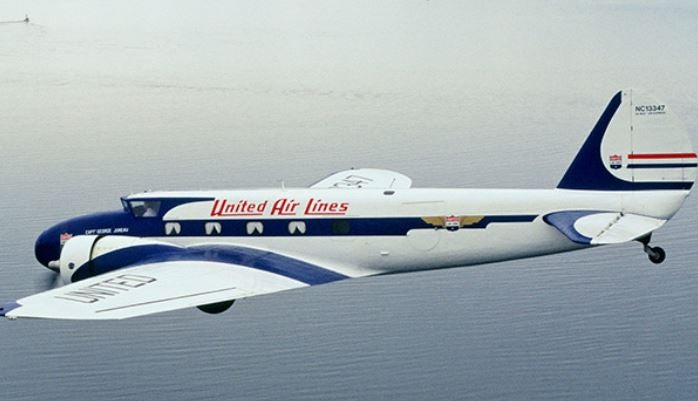
Note the cockpit windows.
 user314
> ttyymmnn
user314
> ttyymmnn
10/11/2016 at 12:58 |
|
I know they simultated it with the flight control computer, but did they ever actually fly the X-31 without a tail or was that just a “what if”?
 TheHondaBro
> ttyymmnn
TheHondaBro
> ttyymmnn
10/11/2016 at 13:26 |
|
SPicy SR-71
 Fed(oo=[][]=oo)uken
> ttyymmnn
Fed(oo=[][]=oo)uken
> ttyymmnn
10/11/2016 at 14:03 |
|
I hope someday the date of the first appearance of the ground speed check story on Oppo will appear here.
 Rock Bottom
> Smallbear wants a modern Syclone, local Maple Leafs spammer
Rock Bottom
> Smallbear wants a modern Syclone, local Maple Leafs spammer
10/11/2016 at 14:20 |
|
Must have been in fashion at the time. Some Ford Trimotors also had a forward slanted windscreen:
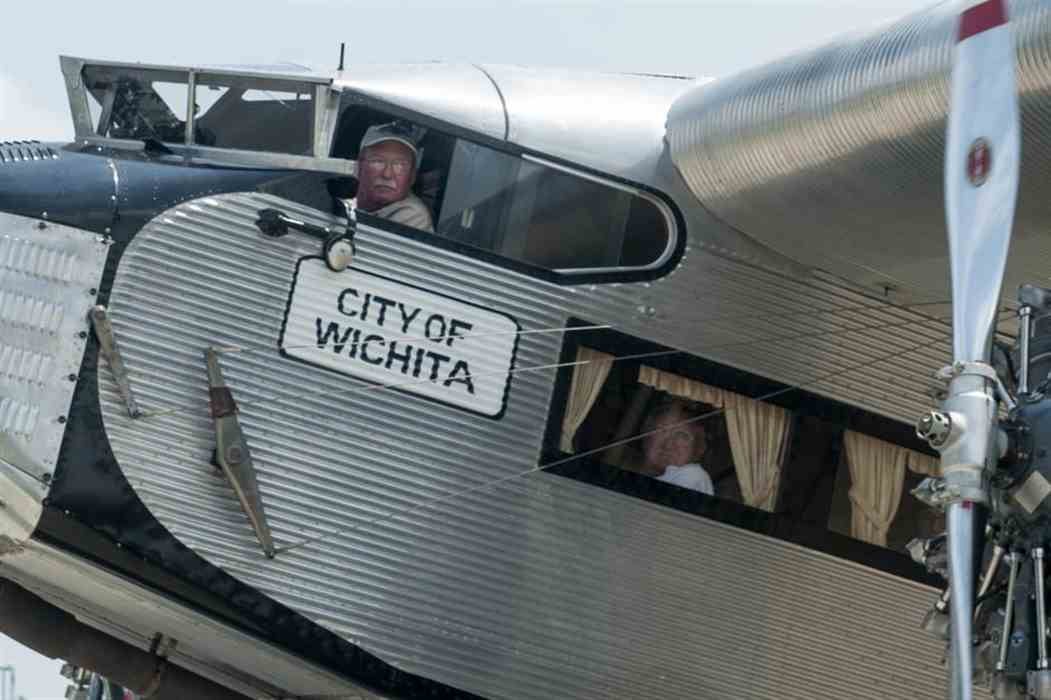
 Smallbear wants a modern Syclone, local Maple Leafs spammer
> Rock Bottom
Smallbear wants a modern Syclone, local Maple Leafs spammer
> Rock Bottom
10/11/2016 at 14:27 |
|
My own thoughts run along the lines of it being conventional at the time. Both Fokkers and Fords were laid out like that. And there were quite a few other things on the 247 that the designers caved in to the test pilots on, such as making it smaller and less powerful than originally intended because the pilots thought it would be unsafe to land. Stuff like that.
 Rock Bottom
> Smallbear wants a modern Syclone, local Maple Leafs spammer
Rock Bottom
> Smallbear wants a modern Syclone, local Maple Leafs spammer
10/11/2016 at 14:29 |
|
“Slow it down, Bill! You wanna get someone killed???”
 ttyymmnn
> Fed(oo=[][]=oo)uken
ttyymmnn
> Fed(oo=[][]=oo)uken
10/11/2016 at 14:32 |
|
I like that idea.
 ttyymmnn
> user314
ttyymmnn
> user314
10/11/2016 at 14:39 |
|
I’m not sure. I did some cursory googling, and found many references to an impending flight, but no information about an actual flight. This photo is prominent on the web, but it’s a NASA photoshop.
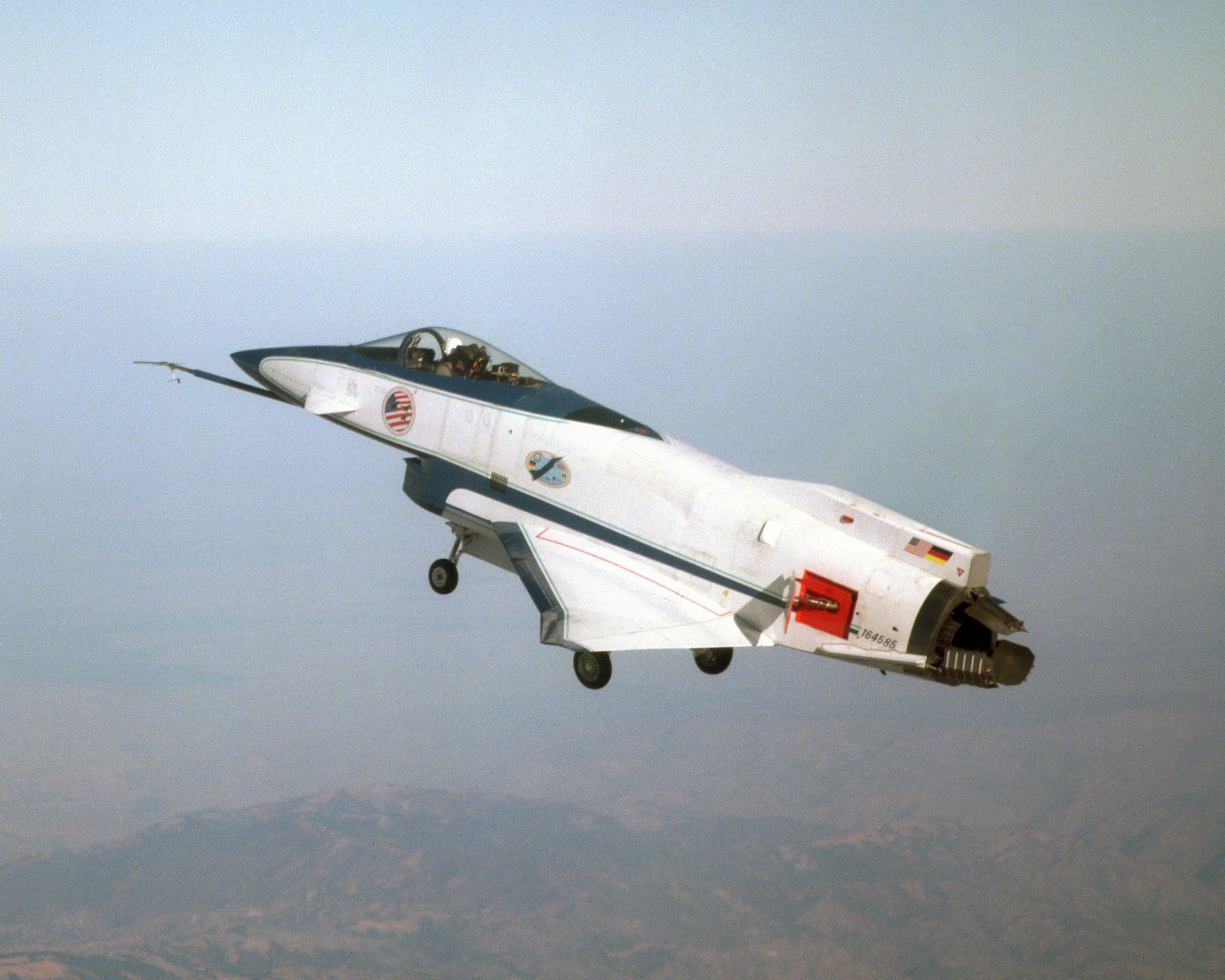
 ttyymmnn
> Smallbear wants a modern Syclone, local Maple Leafs spammer
ttyymmnn
> Smallbear wants a modern Syclone, local Maple Leafs spammer
10/11/2016 at 14:41 |
|
The forward slant was put in place to avoid glare on the windscreen from the gauges. Once they realized that wasn’t a problem, they reverted to a more traditional wind screen.
 ttyymmnn
> Rock Bottom
ttyymmnn
> Rock Bottom
10/11/2016 at 14:41 |
|
The forward slant was put in place to avoid glare on the windscreen from the gauges. Once they realized that wasn’t a problem, they reverted to a more traditional wind screen.
 ttyymmnn
> Smallbear wants a modern Syclone, local Maple Leafs spammer
ttyymmnn
> Smallbear wants a modern Syclone, local Maple Leafs spammer
10/11/2016 at 14:41 |
|
The forward slant was put in place to avoid glare on the windscreen from the gauges. Once they realized that wasn’t a problem, they reverted to a more traditional wind screen.
 Smallbear wants a modern Syclone, local Maple Leafs spammer
> ttyymmnn
Smallbear wants a modern Syclone, local Maple Leafs spammer
> ttyymmnn
10/11/2016 at 14:42 |
|
Thanks. I wondered if maybe it was something to do with streamlining.
 Rock Bottom
> ttyymmnn
Rock Bottom
> ttyymmnn
10/11/2016 at 14:42 |
|
AAAaaahhhhh!
 user314
> ttyymmnn
user314
> ttyymmnn
10/11/2016 at 15:39 |
|
Yeah, I did a little more digging too. There’s pictures ofthe X-31 is in the Deutsche Museum Flugwerft Schleißheim with its tail attached , so I’d say it never happened, but I can’t find anything as to why not. Probably ran out of money.
 RallyWrench
> ttyymmnn
RallyWrench
> ttyymmnn
10/12/2016 at 17:15 |
|
All remaining aircraft (as far we know)...
I like this, feed the dream we all have that there’s still a Blackbird out there.
 ttyymmnn
> RallyWrench
ttyymmnn
> RallyWrench
10/12/2016 at 17:37 |
|
Well, they’re still flying F-117s, so why not?